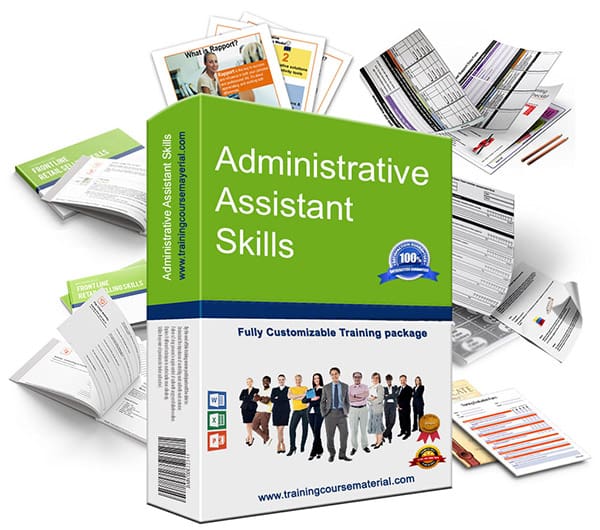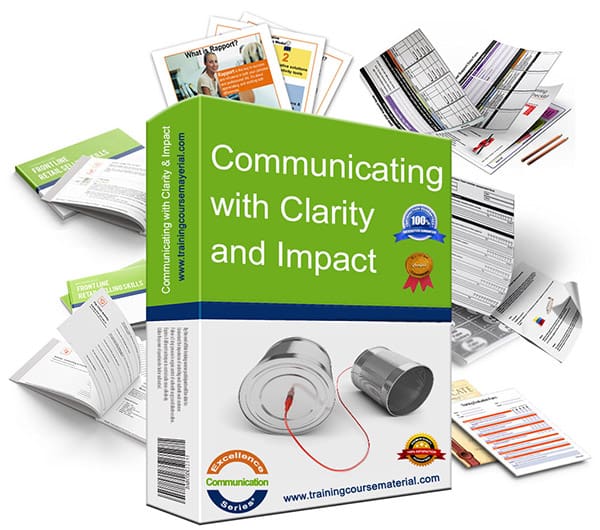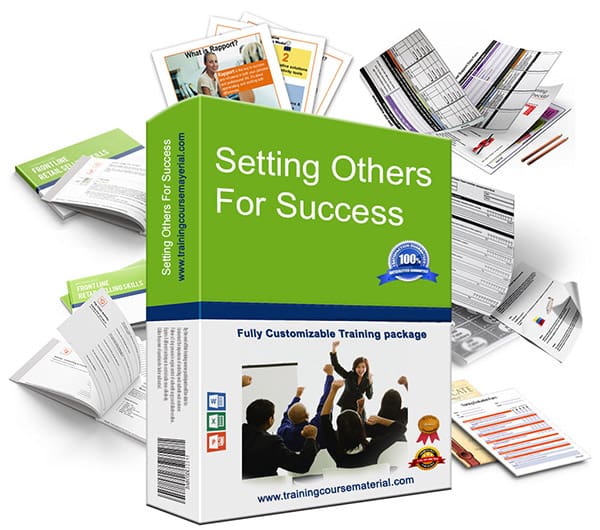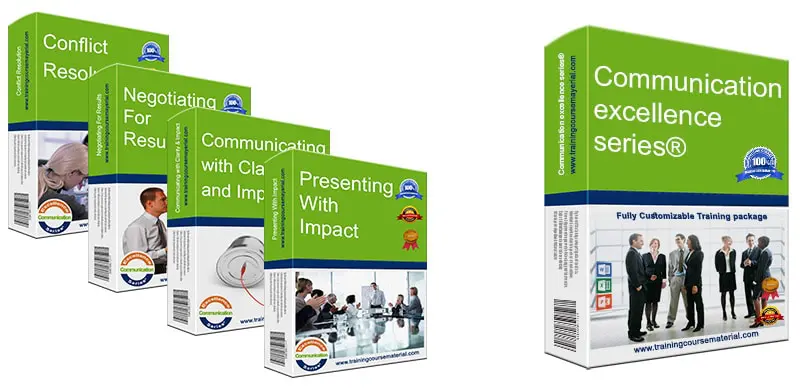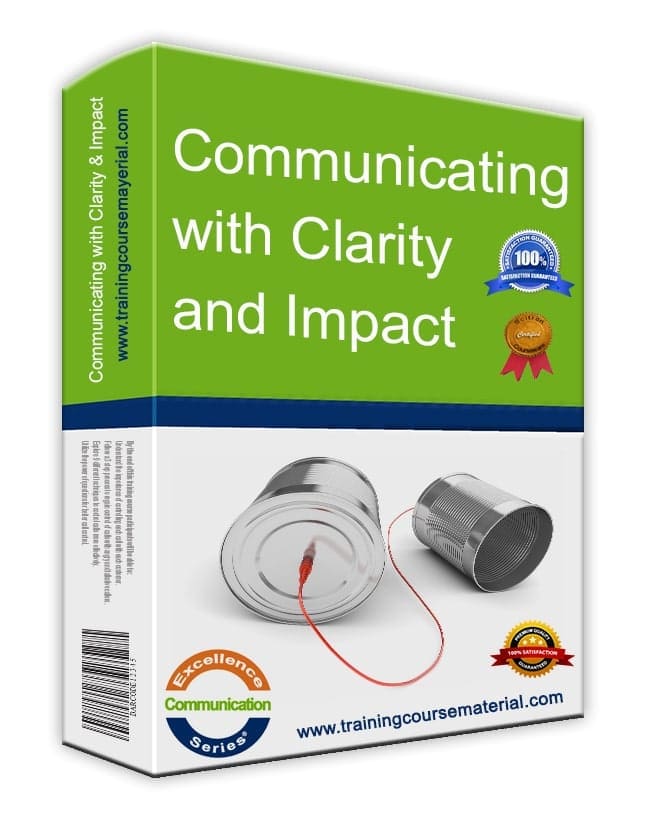Engaging Shy Participants
By Training Course Material FZE ·
Originally published: 02 April 2021 ·
Last updated: 13 August 2025
Silence isn’t the enemy. Shy or quiet learners might be processing, not disengaged. Your job is to make participation feel safe and doable, one small step at a time.
Why people go quiet
- Fear of being judged or “wrong.”
- Unclear expectations about how to contribute.
- Fast talkers dominate; airtime feels scarce.
- They need more time to think before speaking.
Five moves that work
- Normalize silence and give think‑time. After a question, count to 7 before calling on anyone. Use write‑then‑say: 60–90 seconds of private notes, then a quick pair share.
- Ask better questions. Use open stems (what/when/how). Ask for one example, not a speech. Try rounds: “Everyone offers one sentence.”
- Use gentler formats. Start in pairs or trios. Collect anonymous questions on cards or in chat. Invite volunteers before cold‑calling.
- Model and set norms. Share a short story from your work, set confidentiality, and agree on fair airtime. Praise the behavior you want (curiosity, brevity, building on others).
- Create low‑stakes roles and wins. Give quieter learners roles like timekeeper or scribe. Use small “first draft” tasks so the bar to speak is low.
Micro‑activities for quieter groups
One Word, One Why (3 min): Each person shares one word plus a quick why. Low pressure, fast momentum.
Write‑Then‑Say (4 min): 90 seconds solo notes → 90 seconds pair share → 60‑second group harvest.
Silent Brainstorm (6 min): Sticky notes to the wall, then cluster and vote. Quieter voices show up on paper.
Trainer’s micro‑checklist
- State how to participate: “Think, write, share.”
- Use timers and visible turns to balance airtime.
- Invite, don’t force. Offer opt‑outs and alternate prompts.
- Translate ideas to “this week at work.”
- Close with one tiny action per person.
Common pitfalls (and fixes)
- Filling every silence. Count to 7; let thinking happen.
- Over‑relying on volunteers. Use rounds or pair shares to bring everyone in.
- Big, vague questions. Make them concrete and time‑boxed.
- Public put‑downs. Protect psychological safety; redirect gently.
Try these next
Related training material packages
FAQs
Is it okay if some people don’t speak?
Yes, as long as they can contribute in other ways—writing, voting, pair work. Aim for multiple paths to participate.
How do I stop dominant voices?
Set turns and time limits. Thank them and invite others: “Let’s hear one new voice.”
Should I cold‑call people?
Use it sparingly and only after think‑time. Prefer volunteers, rounds, or pair reporting.
What if the room stays quiet?
Switch format (pairs), ask a smaller question, or use an anonymous poll to gather first reactions.

